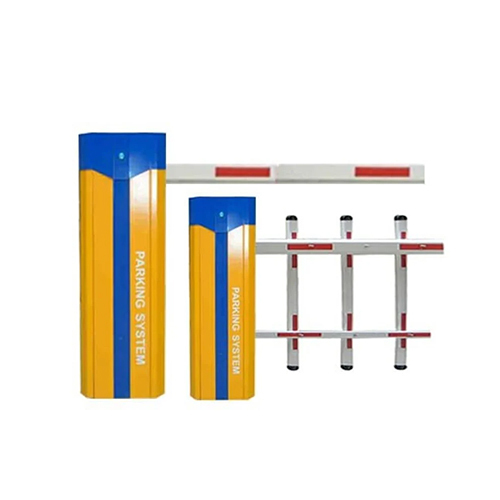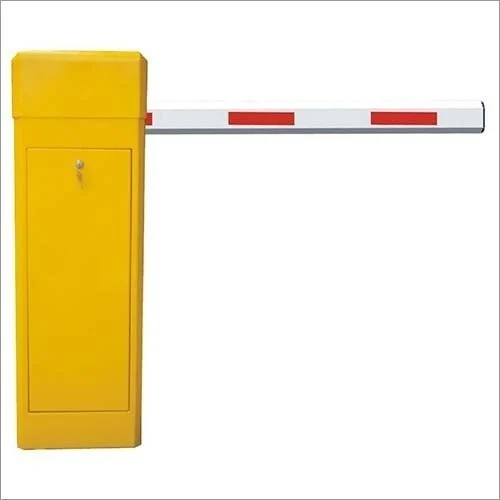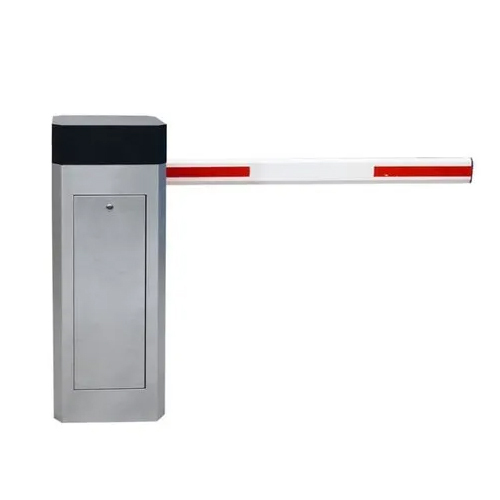Boom Barrier
Product Details:
- Color Silver
- Material Stainless Steel
- Warranty Yes
- Weight As per available Kilograms (kg)
- Usage Industrial
- Function Automatic
- Size Different Size
- Click to View more
Boom Barrier Price And Quantity
- 39000.0 INR/Unit
- 1 Number
Boom Barrier Product Specifications
- Silver
- Yes
- Automatic
- Stainless Steel
- As per available Kilograms (kg)
- Industrial
- Different Size
Boom Barrier Trade Information
- 1
- Cash in Advance (CID)
- 5 Number Per Month
- 1 Days
- No
- If order is confirmed we will reimburse the sample cost
- perfect packing
- Asia
- All India
- boom barrier
Product Description
Components of a Boom Barrier:
-
Boom Arm: The long horizontal bar that swings up or down to block or allow vehicle passage.
-
Barrier Body: The casing that houses the mechanical or electrical components of the boom barrier.
-
Motor or Actuator: This mechanism lifts or lowers the boom arm automatically. It can be electric, hydraulic, or pneumatic.
-
Control System: This could include sensors, remote controls, keypads, or access card readers to operate the barrier.
-
Safety Sensors: To ensure safe operation, sensors detect the presence of vehicles or obstacles, preventing accidents.
-
Warning Lights or Alarms: These can be attached to the barrier for additional visibility and to warn drivers of the barriers operation.
2. Types of Boom Barriers:
-
Manual Boom Barrier: Requires manual lifting and lowering of the boom arm, typically used for low-traffic areas.
-
Automatic Boom Barrier: Uses an electric motor to raise and lower the boom arm automatically. Common in high-traffic areas.
-
Hydraulic Boom Barrier: Uses hydraulic power to lift the boom arm, typically found in high-security areas due to their durability and speed.
-
Telescopic Boom Barrier: The boom arm can extend or retract, making it useful for narrower or wider entrances.
3. Key Features:
-
Speed: The boom arm may raise or lower in a few seconds, depending on the type of barrier.
-
Durability: Designed for outdoor environments, the materials are often weather-resistant.
-
Security: Commonly used for security purposes in places like gated communities, industrial areas, or access-controlled parking.
-
Visibility: The boom arm is often brightly colored or marked with reflective tape to be easily visible.
4. Applications:
-
Parking Management: In commercial or residential parking lots to manage entry and exit.
-
Toll Collection: To restrict or allow vehicles to pass through toll booths.
-
Security Gate: Used in government buildings, airports, military zones, and private properties.
-
Access Control: In facilities that need to regulate vehicle access, such as offices or construction sites.
5. Working Mechanism:
-
Vehicles approach the boom barrier, and the driver may need to perform an action (e.g., swipe a card, input a code, or wait for the barrier to raise automatically).
-
Once the action is confirmed, the motor or actuator will raise or lower the boom arm, allowing the vehicle to pass.
-
The barrier is then lowered automatically after the vehicle passes, or the driver can trigger it to lower.

Price:
- 50
- 100
- 200
- 250
- 500
- 1000+







 Send Inquiry
Send Inquiry Call Me Free
Call Me Free